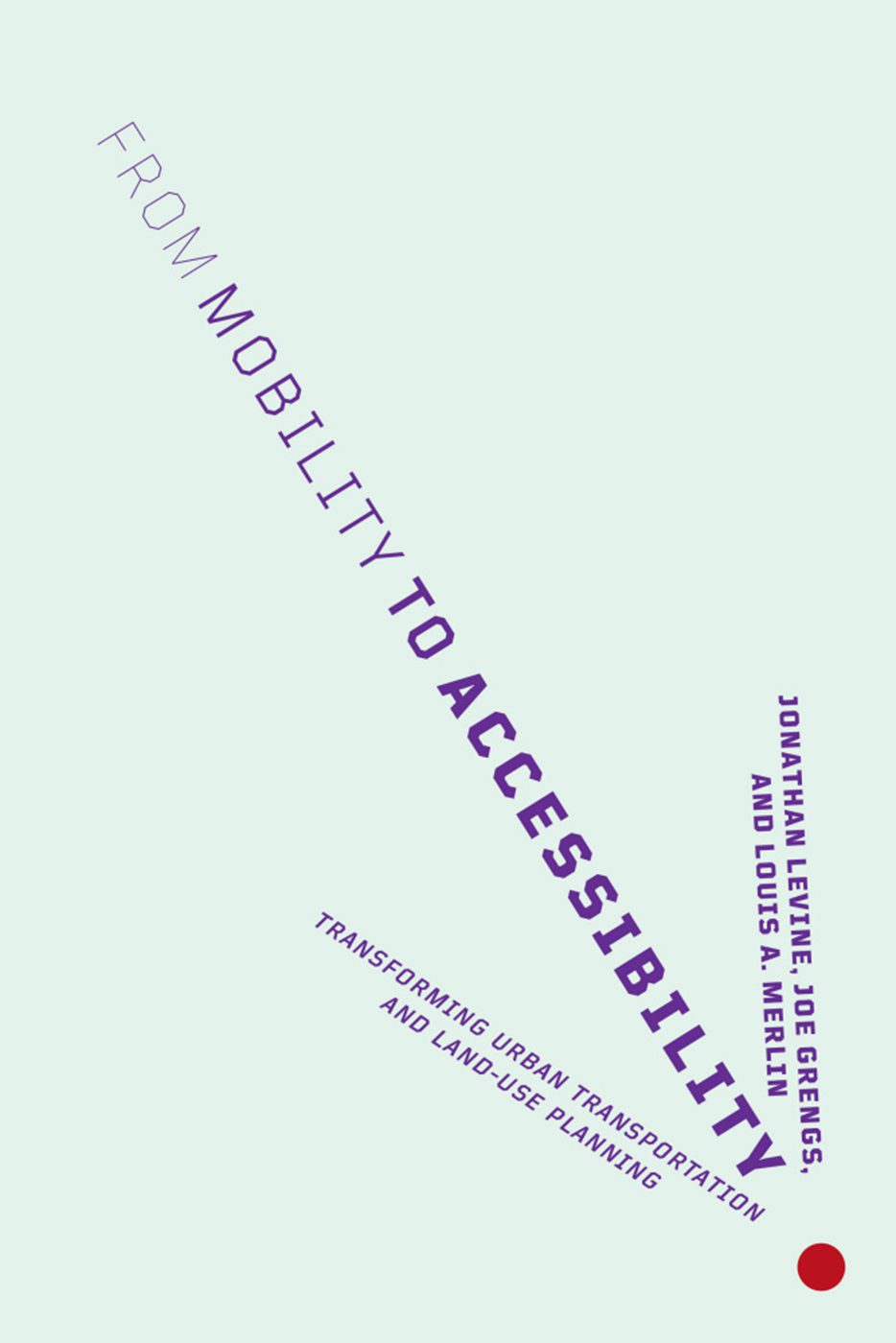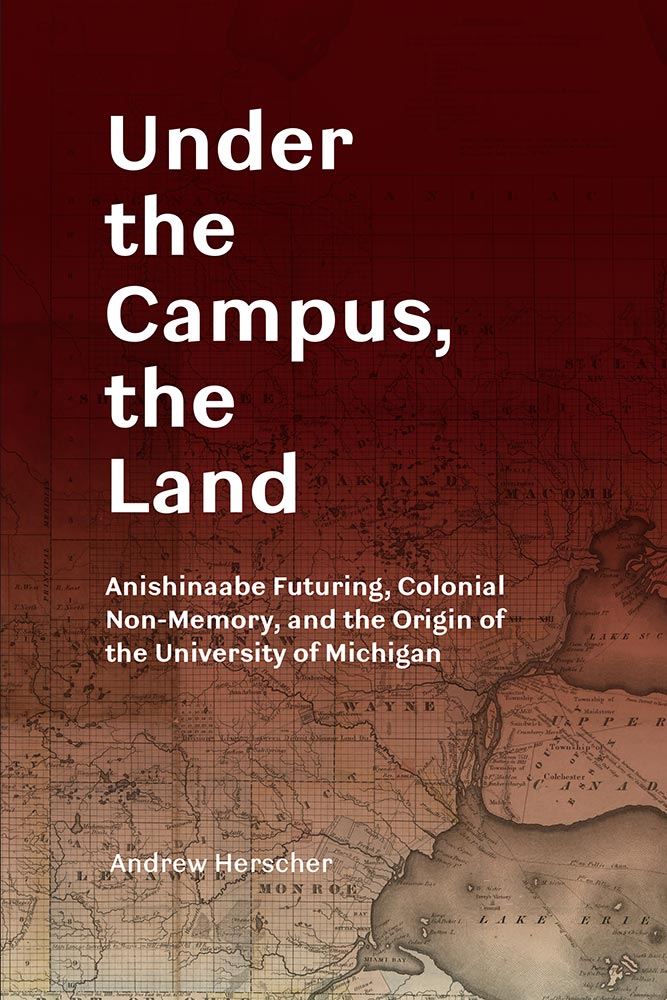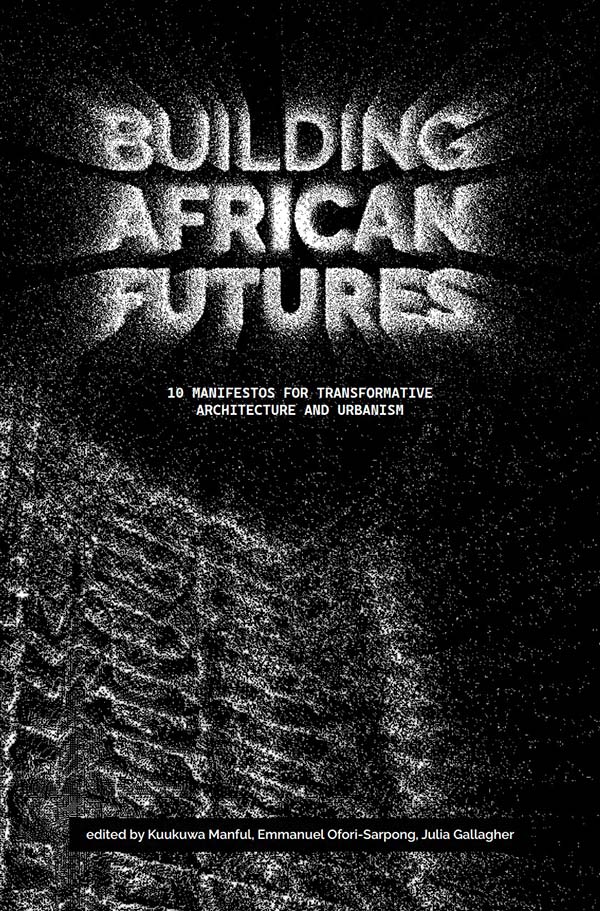From Mobility to Accessibility: Transforming Urban Transportation and Land-Use Planning

In From Mobility to Accessibility, an expert team of researchers flips the tables on the standard models for evaluating regional transportation performance. Jonathan Levine, Joe Grengs, and Louis A. Merlin argue for an “accessibility shift” whereby transportation planning, and the transportation dimensions of land-use planning, would be based on people’s ability to reach destinations, rather than on their ability to travel fast. Existing models for planning and evaluating transportation, which have taken vehicle speeds as the most important measure, would make sense if movement were the purpose of transportation. But it is the ability to reach destinations, not movement per se, that people seek from their transportation systems. While the concept of accessibility has been around for the better part of a century, From Mobility to Accessibility shows that the accessibility shift is compelled by the fundamental purpose of transportation. The book argues that the shift would be transformative to the practice of both transportation and land-use planning but is impeded by many conceptual obstacles regarding the nature of accessibility and its potential for guiding development of the built environment. By redefining success in transportation, the book provides city planners, decisionmakers, and scholars a path to reforming the practice of transportation and land-use planning in modern cities and metropolitan areas.









